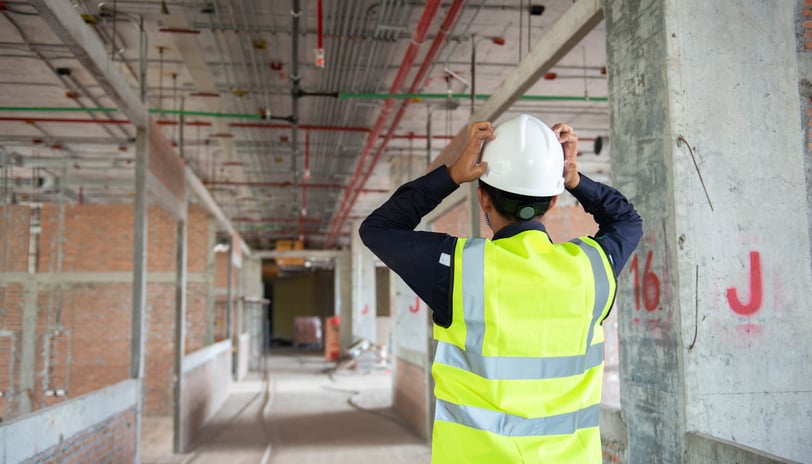Do I need a structural engineer for a construction defect in my building?
2 min read


Reasons to Involve a Structural Engineer for a Construction Defect:
1. Identifying the Nature and Extent of the Defect
Why Needed: Defective foundations, weakened beams, or poorly built load-bearing walls are examples of construction flaws that may be concealed or not immediately apparent. A structural engineer is qualified to evaluate the building in detail and determine the precise type and amount of the flaw.
Outcome: A clear diagnosis of the problem, ensuring that all affected areas are addressed.
2. Evaluating Structural Safety
Why Needed: Defects in construction, such badly constructed or inadequately supported structural components, might jeopardize the building's overall safety. A structural engineer assesses if the flaw presents short-term or long-term hazards, like partial collapse, cracking, or settlement.
Outcome: A safety assessment that helps you determine whether immediate repairs are needed and what potential risks the defect presents.
3. Developing a Remediation Plan
Why Needed: A structural engineer will create a thorough remediation plan to address the problem after the defect has been detected. This could entail adjusting load distribution, stabilizing foundations, or strengthening or replacing structural components.
Outcome: A comprehensive plan that ensures the building’s safety and structural integrity is restored.
4. Performing Load Calculations and Assessing Structural Impact
Why Needed: If a construction flaw is not adequately fixed, it may affect the building's ability to support weight, which could result in more harm. In order to ascertain whether the building's existing structure can support the necessary loads, the engineer will conduct load calculations.
Outcome: Ensures that the building will continue to support loads (such as occupants, furniture, and environmental loads like snow or wind) safely after repairs are made.
5. Ensuring Compliance with Building Codes
Why Needed: Local building codes or safety regulations may not be followed as a result of construction flaws. When a building is repaired or fixed, a structural engineer will make sure that it fully complies with current codes.
Outcome: Prevents legal issues, insurance problems, and additional costs due to non-compliance.
6. Preventing Further Damage or Costly Repairs
Why Needed: Construction flaws can deteriorate over time and cause more significant damage if they are not fixed. A structural engineer's early identification and action can assist save problems from getting worse and costing more to fix.
Outcome: Helps avoid the need for more expensive repairs in the future by addressing the defect early.
7. Documentation for Legal or Insurance Purposes
Why Needed: You could require a structural engineer's report for insurance claims or legal actions if the construction defect was caused by subpar materials or bad workmanship.
Outcome: Provides an expert opinion and documentation that may be necessary for insurance claims, contractor disputes, or warranty enforcement.
Contact Us
Get in touch with our team of professional engineers to discuss your project requirements or to request more information about our services.
(407) 901-0133
Contact Us
Address
Preeminent Solutions
P.O. Box 206, Sanford, FL, 32773
